|
When people are trying to lose weight, one of the first things I talk to them about is the role that carbs, sugar (actually a type of carbohydrate), and insulin have on the body's ability to use fat as an energy source. When we eat processed carbs and foods with added sugar, our body takes virtually no time at all to absorb those sugars, sending blood sugar levels soaring and consequently, insulin levels along with it. The problem with having chronically high insulin levels is that the hormone insulin is very good at driving sugar molecules into fat cells to store as fat - yes, sugar can be stored as fat! But here is the kicker. Insulin also works to inhibit fat from being removed from those fat cells for use as energy. Thank evolution and the scarce quantity of sugars available to early humans, along with the constant risk of famine. It made the body think, "Hey, great, I found some sugar, a great source of energy. Let me lock it away for when I have no access to food." When famine came, there was no sugar, no insulin, and the body could remove the fat from the cells for energy. Today, since we have constant access to sugar, our insulin levels can be chronically elevated and thus the fat in our cells get chronically trapped. The good news is that if you maintain a diet of foods that gradually releases small amounts of sugar into the blood stream, insulin will respond in a minimized and controlled manner. If insulin levels are low and steady, when your body needs to burn energy (for activities and basic body functions) it can access the fat in fat cells. In this scenario, the pounds don't pile on. Eating a diet of low-insulin spiking foods (often referred to as low glycemic index foods) is one of the best ways to lower your weight set point long-term. Here is a summary: Therefore, the more your diet consists of processed carbs and added sugar, the more insulin in your blood throughout the day and the harder it is for your body to burn fat.
Comments are closed.
|
AuthorA physician who discovered the power of nutrition and lifestyle for health and healing. Archives
January 2017
Categories
All
|
|
© Rebecca Freese MD 2024 | Terms of Service | Privacy Policy
|
Virtual Consultations
FL and VA residents |

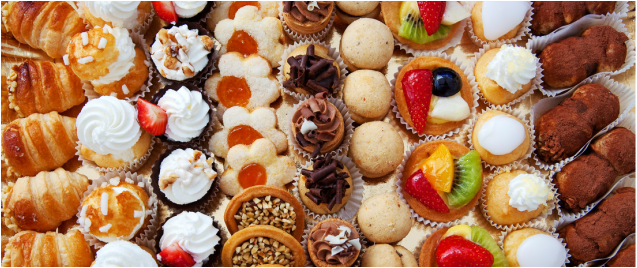
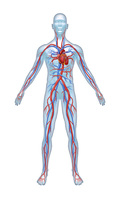
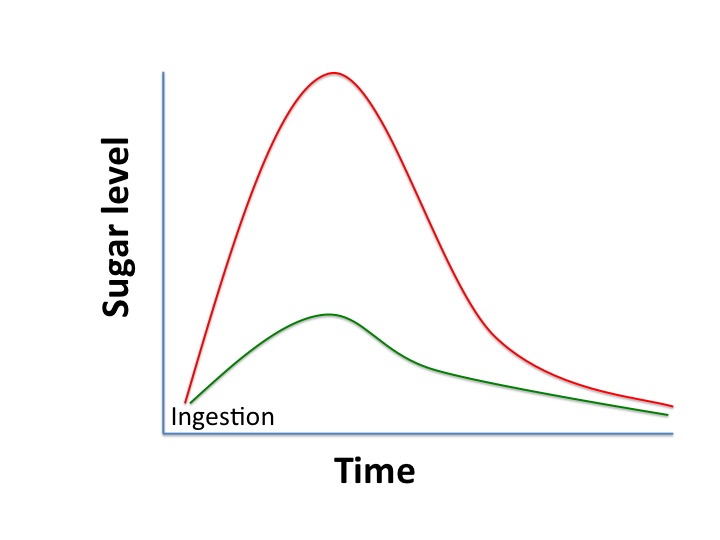
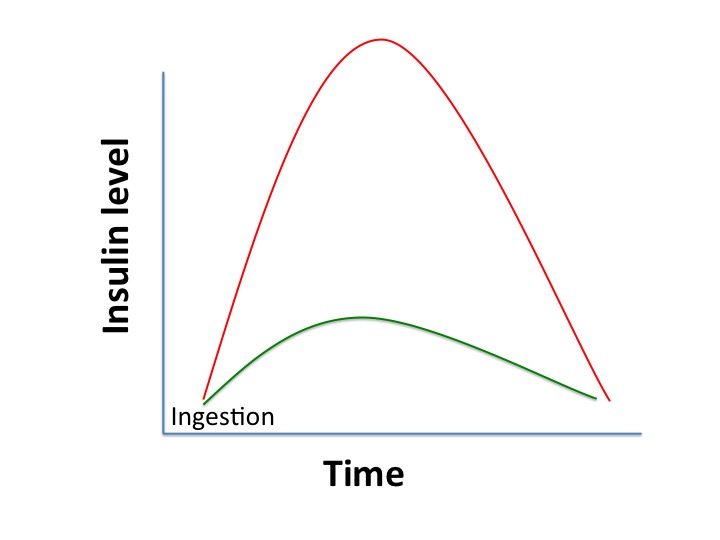
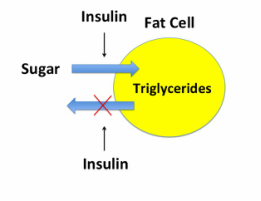

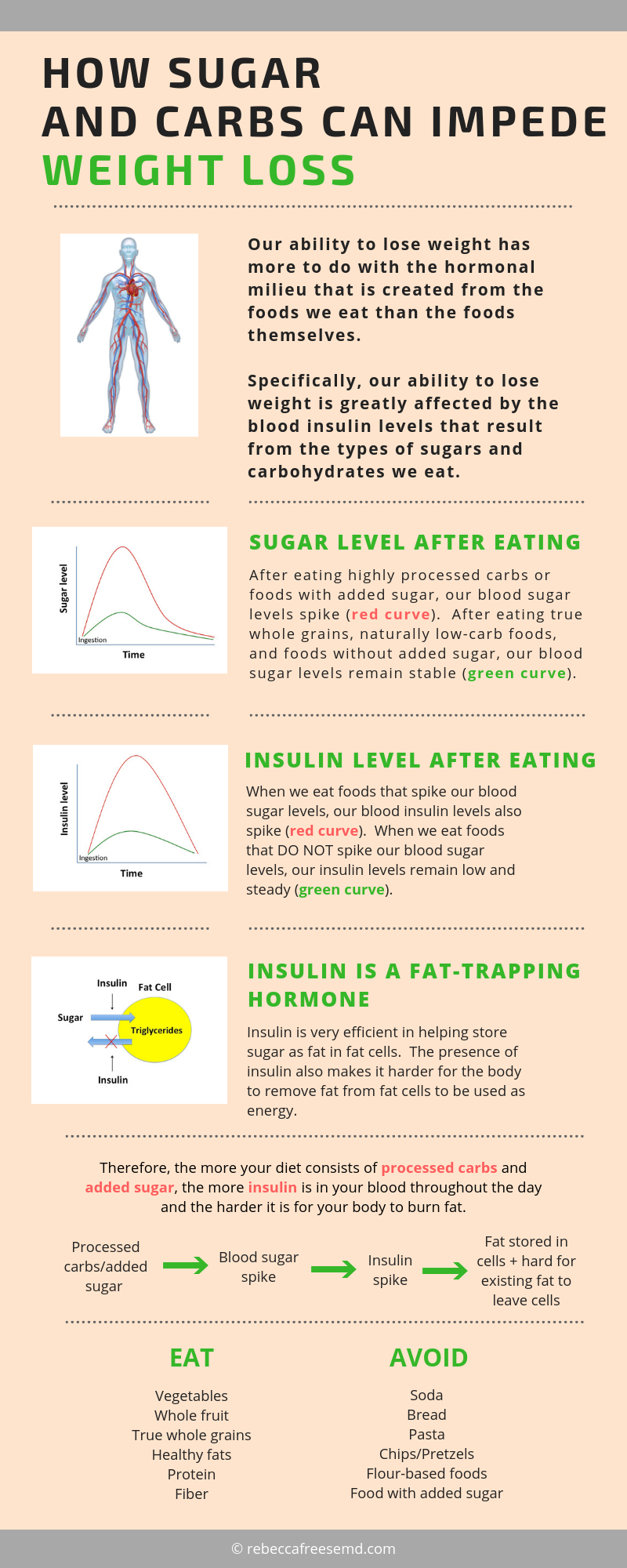
 RSS Feed
RSS Feed